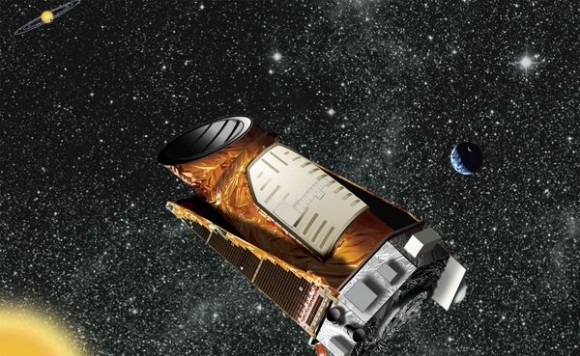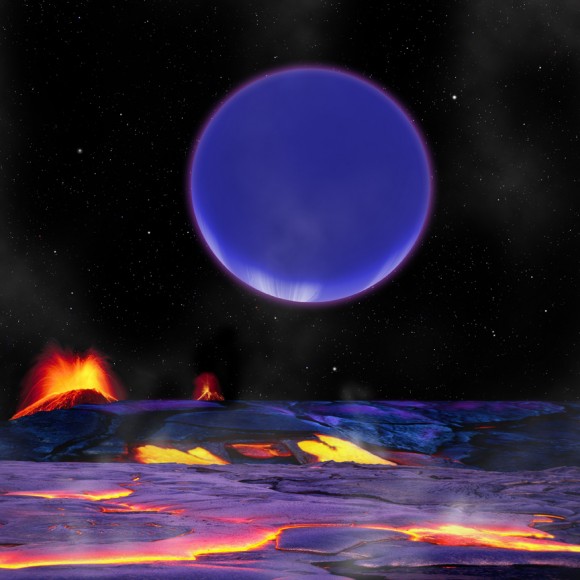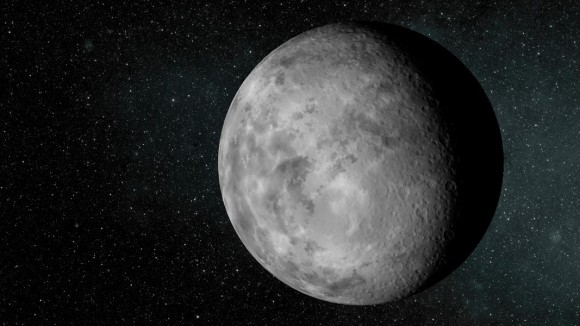
Edwardchristhoper.blogspot.com - Artist’s concept of Kepler in action. NASA/Kepler mission/Wendy Stenzel.
NASA’s planet-probing orbiting observatory launched its quest to find more Earths four years ago this week. Since then, it’s found thousands of planets ranging from ginormous gas giants to tiny rocky worlds that are even smaller than our planet. NASA extended its mission to 2016 last year, putting the telescope into planet-hunting overtime and, we assume, scientists into overdrive.
Along the way, Kepler has revealed some bizarre star systems. Check out some of the weirdest exoplanets Kepler has found so far:
‘Tatooine’ (Kepler-16b)
“Circumbinary” is the scientific explanation for Kepler-16b’s 2 star-system. But “Tatooine” is the name that took the public by storm (or is that Stormtrooper?) when this world, orbiting two stars, was revealed in 2011. Although it’s named after Luke Skywalker’s home in Star Wars, proving Kepler-16b is habitable would be a bit of a stretch. The planet’s mass is about one-third that of Jupiter, and surface temperatures reach an estimated and frigid -100 degrees Celsius.
Deciphering a tune (Kepler-37b)
Scientists found Kepler 37-b through listening to its parent star sing. Seriously. The planet (just slightly larger than our moon) was revealed through measuring oscillations in brightness caused by star-quakes, then converting those to sound. “The bigger the star, the lower the frequency, or ‘pitch’ of its song,” said Steve Kawaler, a research team member from Iowa State University in a past Universe Today interview.
The 6-planet swarm (Kepler-11b, 11c, 11d, 11e, 11f, 11g)

Kepler’s
planets displayed by size comparison. The six new planets around Kepler
11 are on the bottom. Image credit: NASA/Wendy Stenzel
The warring siblings (Kepler-36b and 36c)

In
this artist’s conception, a “hot Neptune” known as Kepler-36c looms in
the sky of its neighbor, the rocky world Kepler-36b. The two planets
have repeated close encounters, experiencing a conjunction every 97 days
on average. At that time, they are separated by less than 5 Earth-Moon
distances. Such close approaches stir up tremendous gravitational tides
that squeeze and stretch both planets, which may promote active
volcanism on Kepler-36b.
Credit: David A. Aguilar (CfA)
Credit: David A. Aguilar (CfA)
The mirror (Kepler-7b)
Well, Kepler-7b isn’t quite as reflective as a mirror, but it certainly catches more sunlight than scientists expected. This “hot Jupiter” was among the first planets that Kepler spotted. In 2011, however, it was revealed that its albedo, or reflectivity, flirted with the upper limit for these humongous planets. What’s causing this? Could be clouds, or could be the composition of its atmosphere. Shows we still have a lot to learn about these exoplanets.
Source : http://www.universetoday.com




















